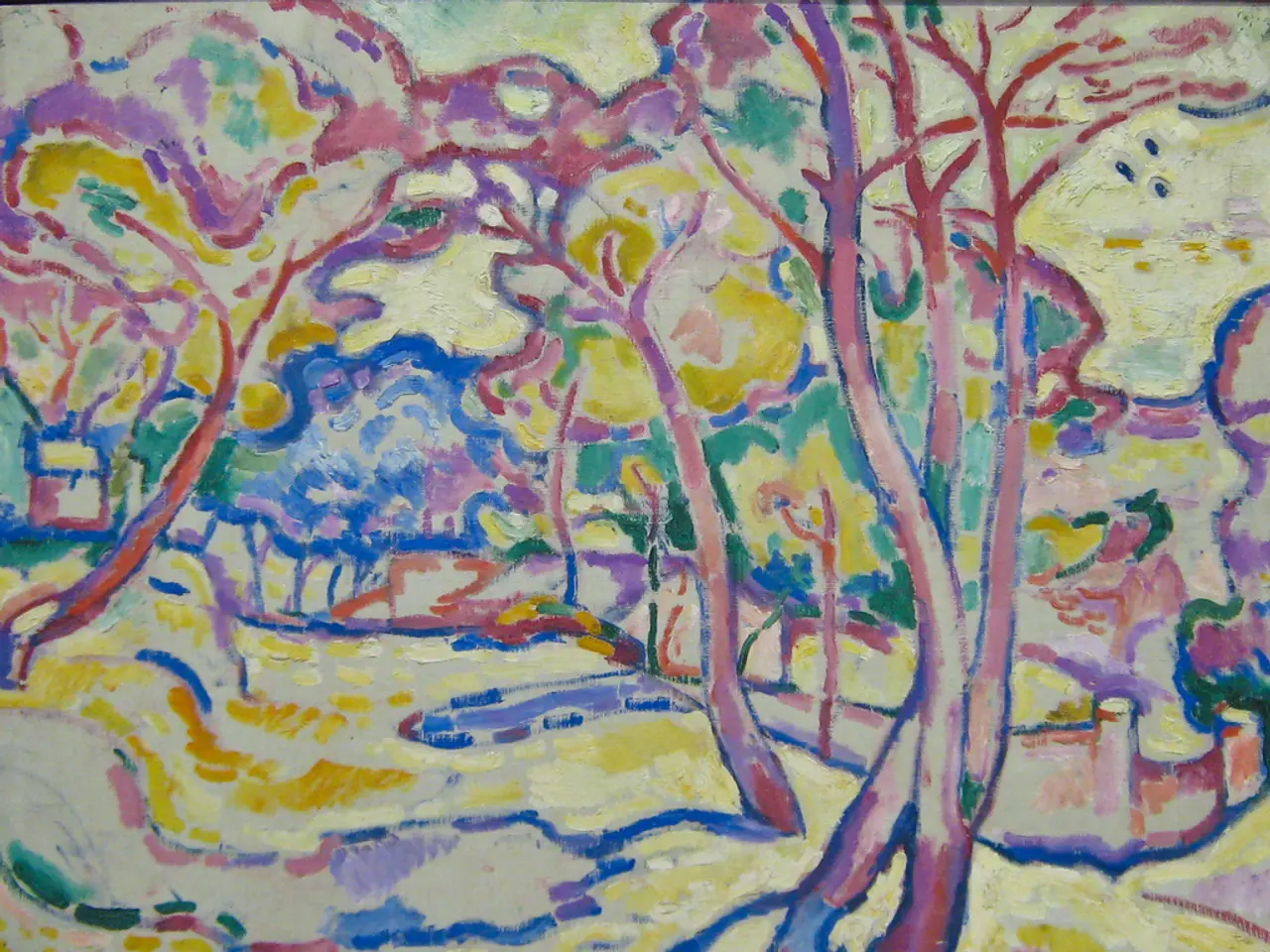Guiding Children's Artistic Growth: Bonsai Sculpting and Observational Skills
Drawing bonsai, the art of creating miniature trees, offers a unique opportunity to foster a deeper appreciation for the natural world's diversity and beauty while nurturing observational skills in both children and adults.
Key elements in translating observations into art when drawing bonsai include simplification, proportion, texture and pattern, value and contrast, and emotional connection. Varying the pressure and density of strokes can imply strength and solidity or suggest softness and fragility, while using hatching to suggest texture can evoke the rugged bark of an ancient tree or the softness of leaves.
Engaging children in drawing bonsai encourages them to focus on intricate details such as leaf shapes, branch patterns, and textures, which sharpens their ability to see and record fine differences in their environment. This enhances their observational skills, which are foundational for learning and cognitive development.
Furthermore, drawing bonsai instils a meditative and reflective quality in the child’s learning experience, similar to how artists describe immersion in natural subjects leading to a "flow state" where attention and focus are heightened. This mindful focus supports the development of strong observational abilities.
Experimenting with different pencil strokes captures the unique texture of the bonsai's trunk, branches, and foliage, and employing layering techniques builds up complex forms and creates a sense of depth. Creating subtle atmospheric perspective by fading lines and shapes into the background adds to the illusion of depth, while stippling can create a sense of softness and fragility or roughness and weathered bark.
The skills acquired through drawing bonsai can be applied to drawing other types of plants, making it a versatile art form. The boundaries of reality blur, and the world is reborn in a dance of light, shadow, and wonder when the artist's gaze lingers on the miniature tree.
In summary, drawing bonsai nurtures children's observational skills by requiring focused attention on natural details, enhancing their ability to see, understand, and represent complex visual information, which benefits broader learning and cognitive development. It provides a unique way to engage with nature and encourages a deeper connection with the natural world.
[1] [Observational Drawing: A Key to Cognitive Development in Children](https://www.education.com/reference/article/observational-drawing-key-cognitive-development-children/) [2] [Art and Mindfulness: The Benefits of Immersing in Nature](https://www.arttherapy.org/articles/art-and-mindfulness-benefits-immersing-nature) [3] [The Role of Observational Drawing in Mathematical Concept Development](https://www.ncbi.nlm.nih.gov/pmc/articles/PMC3188689/)
[1] Delving into fashion-and-beauty or home-and-garden art may inspire self-expression, but observational drawing, as demonstrated through bonsai, offers a unique platform for nurturing children's lifelong learning and education-and-self-development.
[2] Just as the art of bonsai showcases the intricacies of miniature trees, the diverse categories of food-and-drink, too, harbor hidden details, welcoming exploration and refining our senses of observation and appreciation for their beauty.




